By Eleanor Allen, CEO, Water For People
Versión en español aquí.
In last month’s blog, our Chief of Programs Mark Duey wrote about the importance of political will and how that leads to governments co-financing our work. This is part of Water For People’s secret sauce as we deliver on our first strategic goal: Proof. Our success in implementing our Everyone Forever impact model is enabled by co-financing and partnerships with governments. Due to our progress reaching Everyone living in a district with lasting quality water services (no simple feat), we broadened our focus to ensure that the level of service is maintained by the district water, sanitation, and hygiene (WASH) office Forever (really hard). Then we are, thankfully, no longer needed and can exit the districts and eventually countries where we work.
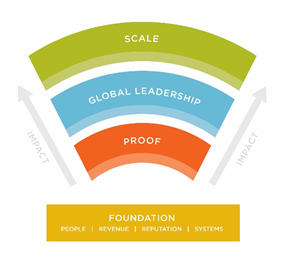
Achieving Everyone Forever requires adequate governance, the right people (management and operation & maintenance teams), extensive training, a long-term financing plan, appropriate rate-setting models that cover the true cost of service (and ensure tariffs are actually collected), and a robust water resources management plan. Water For People’s model does all of this and aligns perfectly with Sustainable Development Goal (SDG) 6.1 and 6.2. That is not a coincidence. We have been implementing our systems-strengthening model since 2011 (well ahead of the SDGs) and now have evidence that achieving SDG 6 is possible. Our contribution to this quest is to support national and district governments, in a servant leadership way, so that the systems are in place to function without us in the future to deliver lasting, quality water and sanitation services.
Replication and Scale
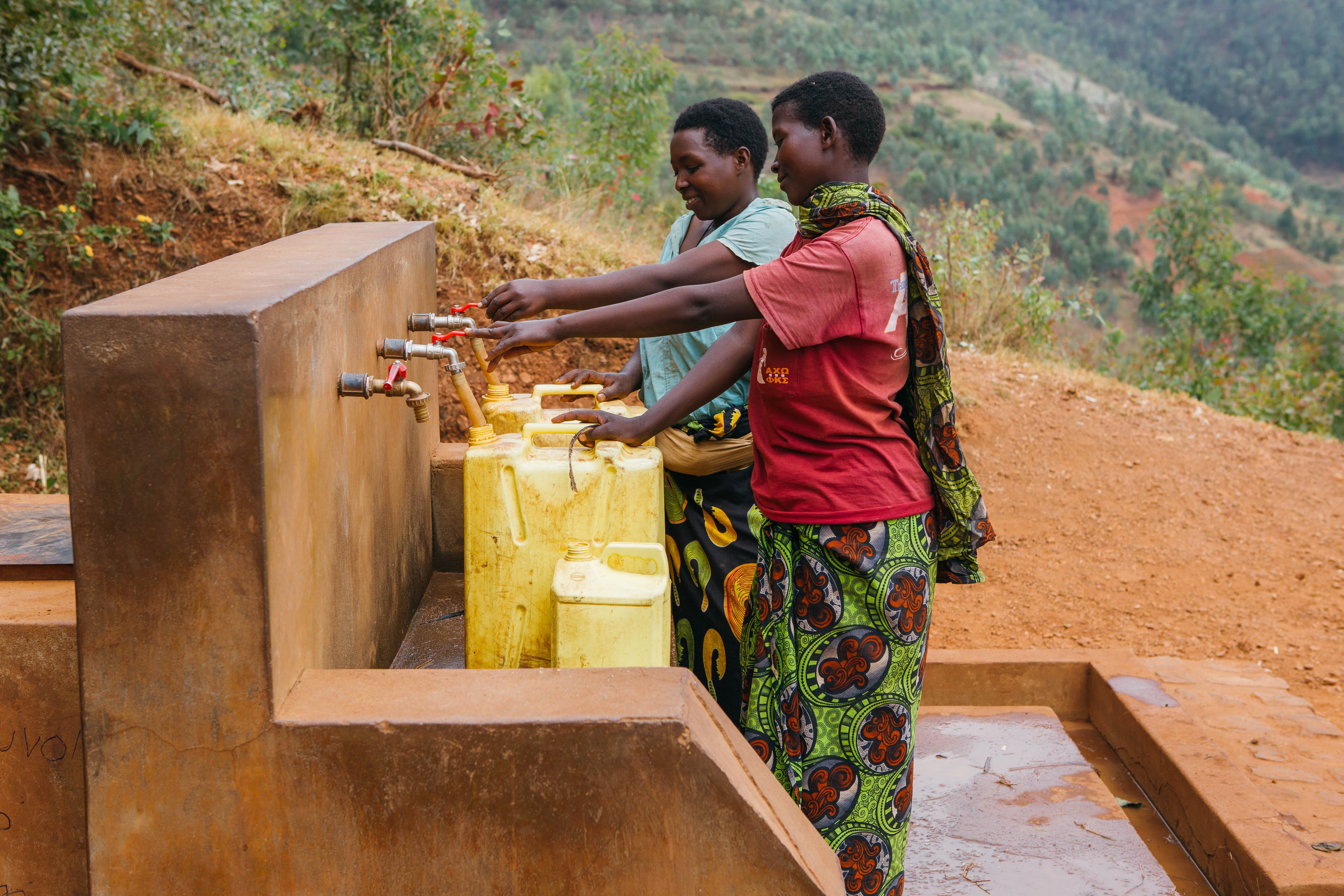
So what next? Our second strategic goal is Scale. We are scaling our impact by replicating the Everyone Forever model across more districts. By providing technical assistance to partner organizations and governments, they can replicate the model in other districts and across entire nations. Now that is exciting! Again, reflecting on Mark’s blog, this requires tremendous political will and audacious leadership at the national (President) level.
At Water For People, we know that once basic water and sanitation services are in place, the foundation is set for improved health, access to education, and economic opportunity. Plus, there are huge benefits to women and girls, as they are disproportionately affected by the lack of water and sanitation services. In other words, all sustainable development begins with water and sanitation. It is that simple. Yet getting it done is exceedingly difficult because it relies on people and governance structures to succeed. Luckily, we have the solution. It is a solution that requires leadership, political will (at the national president level, cascaded down to district mayors), and financial resources to succeed.
Global Leadership in Systems Change
What is really motivating about our national-level work is that we are influencing and shaping national policy — a true example of systems change. This is aligned with our third strategic goal of Global Leadership — leveraging our work to be global leaders in achieving the outcomes in our strategy and SDG 6.
Let’s look at what is needed to change a system so that it does not revert to its previous state. Key elements must be in place so that community members do not revert back to self-supply for water from (untreated) sources due to broken infrastructure or insufficient water supply. It takes organizations like Water For People to demonstrate the five elements needed to create persistent habits and achieve systems change (thank you, Schwab Foundation for Social Entrepreneurship, for this great paper):
1. Embrace complexity and adaptability
2. Build the evidence base
3. Create, convene, and coordinate coalitions
4. Engage government
5. Shift systems with humility
Policy setting is one way in which we achieve all five elements of systems change. Let’s look at four examples of how Water For People is doing this:
Bolivia
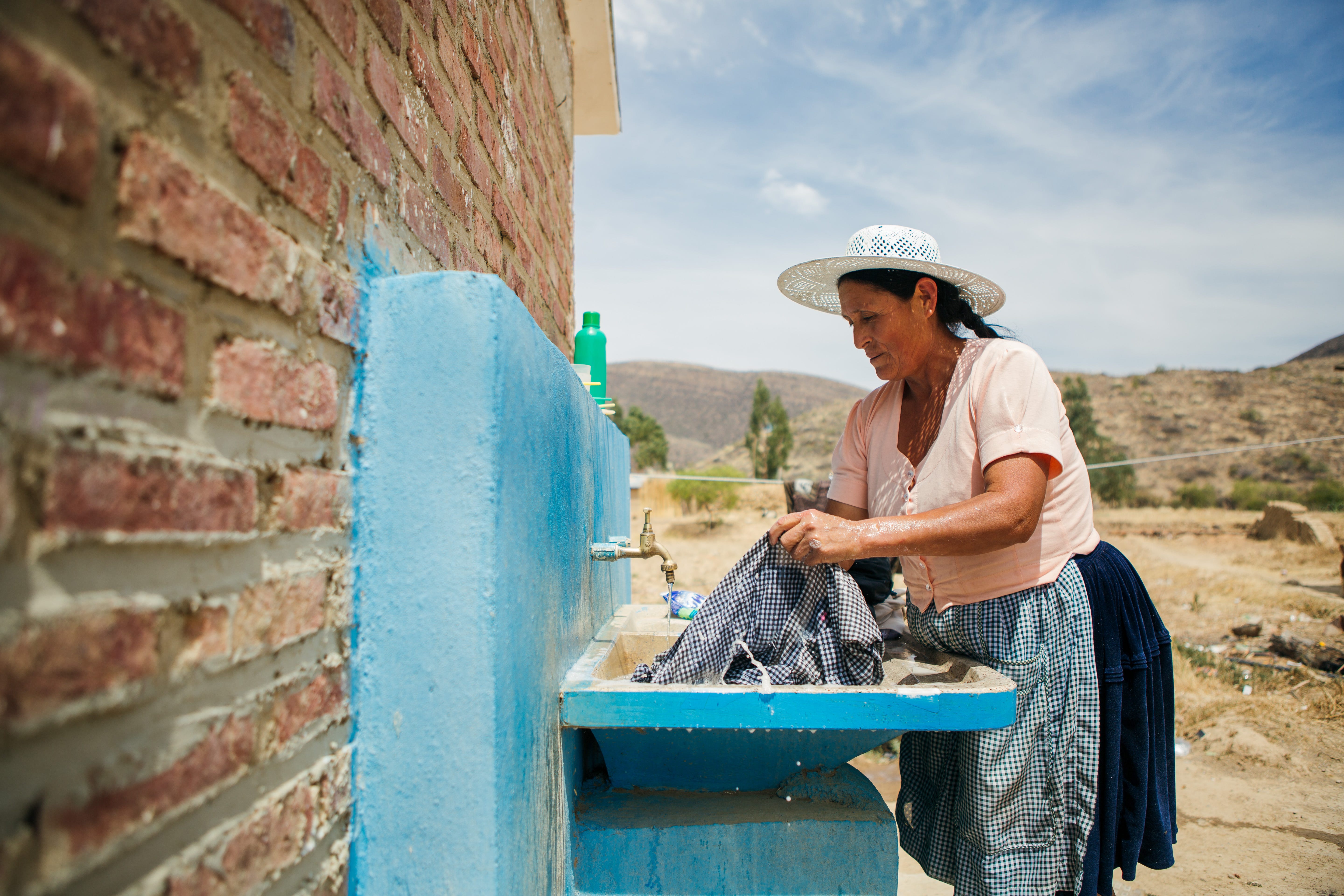
In Bolivia, we began working at the district level in 2011 in the state of Cochabamba, and we gained credibility as we reached notable milestones. In 2012, we helped Cuchumuela become the first district to reach full coverage for water services in Bolivia. In 2016, we began working with the Vice Minister of Water and Environment to develop the National Rural Water and Sanitation Program, Mas Agua Para Todos. And in 2018, we began implementing a technical assistance model at the state level in Oruro and Tarija. The combination of district, state, and national policies has really helped Bolivia develop a roadmap towards reaching SDG 6.
Rwanda
Our work in Rulindo District began in 2011, and it was the genesis and blueprint for our global Everyone Forever model. If we could get services for Everyone Forever in Rulindo, we could do it anywhere. And it is working in Rulindo! We will reach this milestone this year — 2019. Since 2011 we have since added the districts of Kicukiro and Gicumbi in Rwanda.
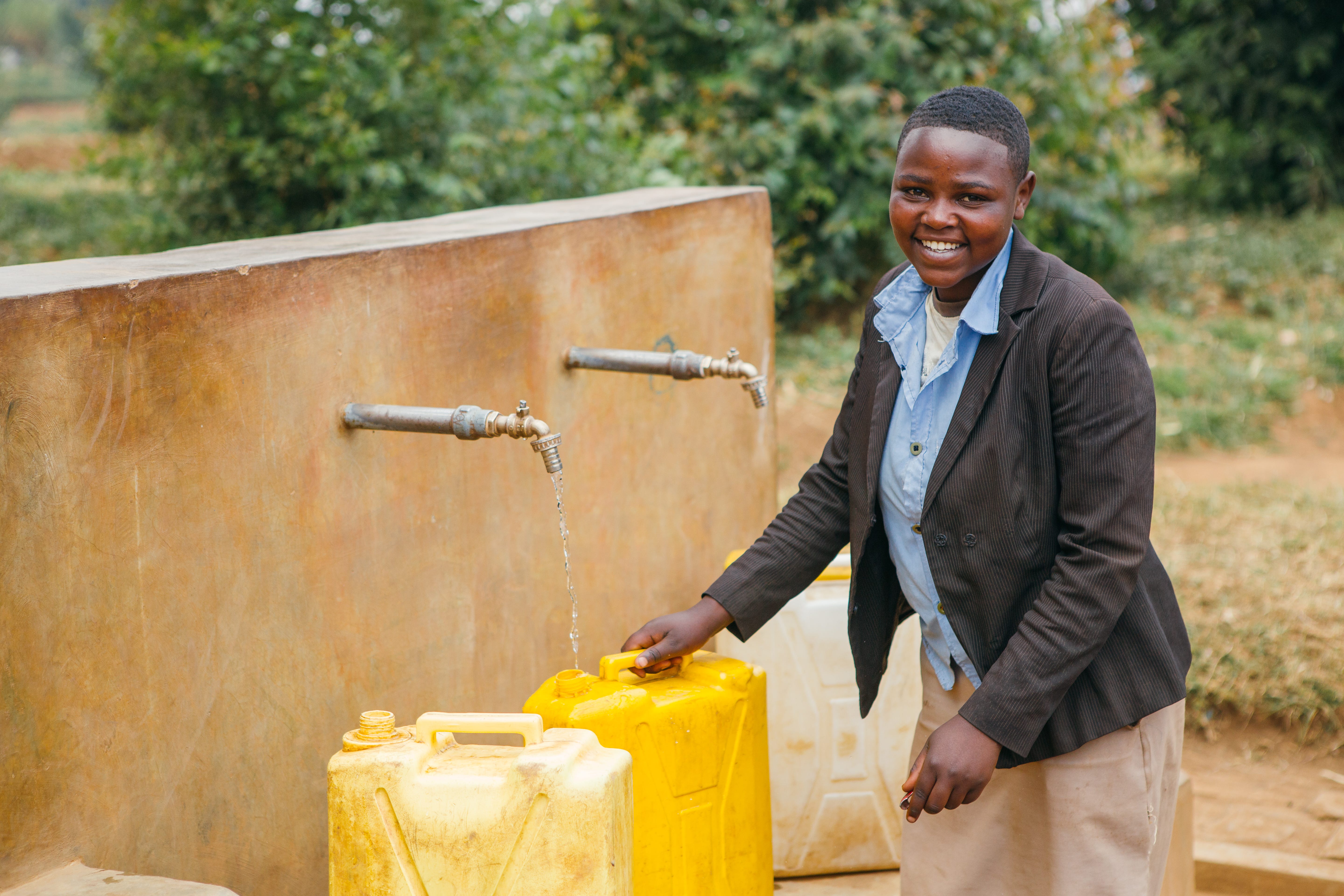
Our expertise at the district level has given us the credibility to work directly with the national Ministry of Infrastructure to develop an approach for creating district WASH investment plans for all 27 rural districts. This is the basis of a national financing plan to reach SDG 6. Plus, Everyone Forever is now being replicated across the nation (called the District-Wide Approach). We have been instrumental in this policy development, along with supporting the progress toward national rate-setting models and building service provider capacity to maintain high levels of service.
Peru
Implementing Everyone Forever in the districts of Cascas and Asunción provided the proof for the national Ministry of Housing and Sanitation (PNSR) to visualize that the model could be replicated across all of Peru. They asked us to co-author seven guidance manuals on how to develop sustainable WASH services at the local and regional levels. That was leveraged to work with the national WASH regulator (SUNASS) to take our rate-setting and water resources management approaches to a national scale.
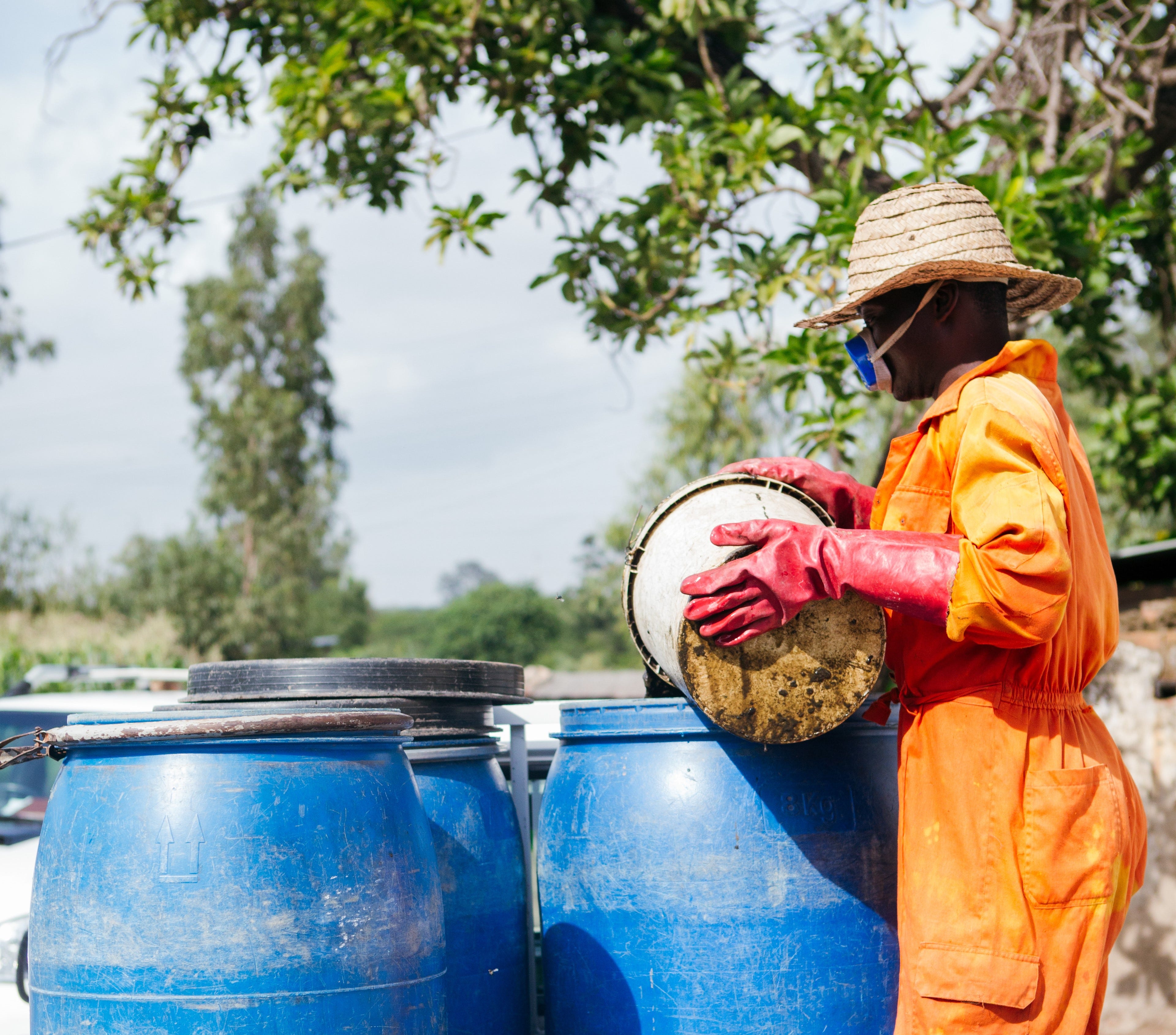
Uganda
Sustainable sanitation in the urban East Africa region is a huge challenge. In Kampala, where only 7% of the city is sewered, we have partnerships with the Kampala Capital City Authority and the National Water and Sewerage Company to work on safe collection, transportation, treatment, and re-use of fecal sludge. We contribute to the development of urban sanitation policies and help entrepreneurs develop small businesses across the fecal sludge sanitation value chain.
I feel so inspired when I imagine the future as we leverage our knowledge and experience to increase our impact across entire nations — exactly what we set out to do in 2017 when we developed our Strategic Plan 2017–2021! Through our strategy, we aimed to increase our impact 20 times, building on the three strategic goals of Proof, Scale, and Global Leadership. I really believe we are going to see entire countries achieve SDG 6. In doing so we can make our vision come true for millions of people around the world: lasting, quality water and sanitation services, for Everyone Forever.
